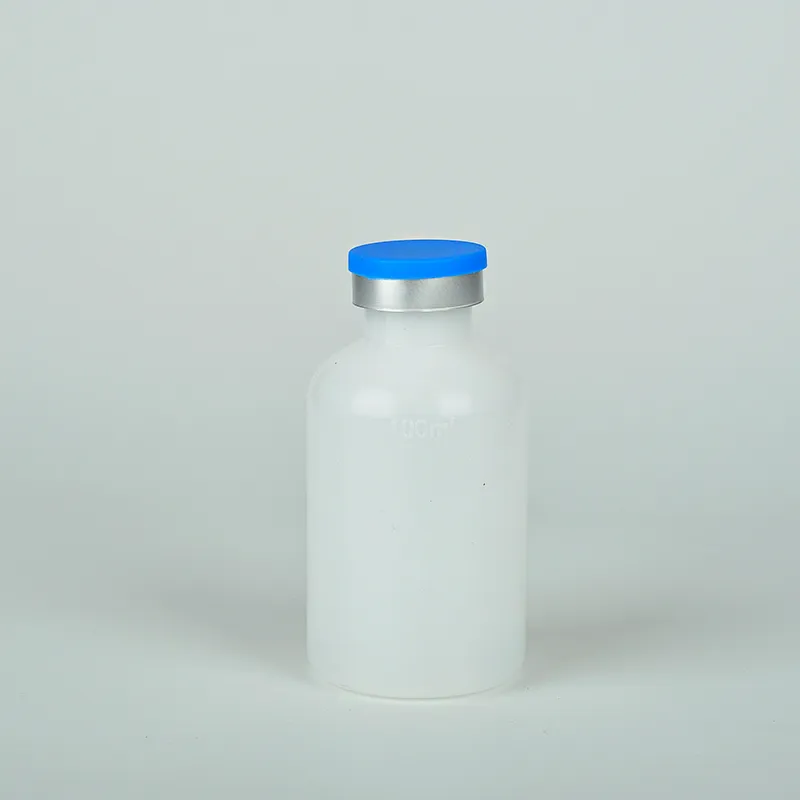https://www.wahmg.com/)">
uses of petri dish in microbiology laboratory
uses of petri dish in microbiology laboratory
Uses of Petri Dish in Microbiology Laboratory
Petri dishes, also known as Petri plates, are fundamental tools in microbiology labs, widely used for cultivating microorganisms, isolating specific species, and conducting various experiments
. Their design—shallow, cylindrical dishes made of glass or plastic with a lid—facilitates a range of applications essential to microbiological study.One of the primary uses of Petri dishes is for culturing bacteria and fungi. By providing a controlled environment with appropriate nutrients, these dishes allow researchers to grow microbial colonies from a variety of sources such as soil, water, and clinical samples. The dishes can be filled with different types of agar, a gelatinous substance derived from seaweed, which serves as a growth medium. Various formulations of agar can be employed to favor the growth of specific organisms, enabling researchers to study their morphology and behavior.
In addition to standard culturing, Petri dishes are crucial in the process of isolating specific microbial strains. When mixed samples are plated onto an agar surface, individual colonies develop from single cells, allowing scientists to isolate pure cultures for further analysis. This isolation is critical for identifying pathogens in clinical laboratories, where understanding the nature of infections is vital for effective treatment.
uses of petri dish in microbiology laboratory

Moreover, Petri dishes are instrumental in performing sensitivity tests, such as the disk diffusion method, to determine the susceptibility of bacteria to antibiotics. In this method, antibiotic-impregnated disks are placed on an agar plate inoculated with the bacteria of interest. After incubation, the effectiveness of each antibiotic is evaluated by measuring the zone of inhibition—areas where bacteria cannot grow, indicating susceptibility. This practical application is key in clinical microbiology for guiding appropriate antibiotic therapy.
Petri dishes also facilitate various experimental designs, such as bioassays and toxicity tests. Researchers can assess the effects of different substances on microbial growth by introducing various chemicals into the agar medium and observing the resultant changes in colony behavior. This experimentation is crucial in fields such as pharmacology and environmental microbiology.
Finally, the transparency of Petri dishes allows for easy observation and imaging of microbial colonies. This feature supports documentation and analysis, contributing to the broader fields of research and education in microbiology. In summary, the versatility and practicality of Petri dishes make them indispensable tools in microbiology laboratories, playing a pivotal role in advancing our understanding of microorganisms and their interactions with the environment.
-
Wholesale Plastic Juice Bottles with Caps 16 oz Options Available Bulk Packaging SolutionsNewsJun.10,2025
-
Laboratory Apparatus Reagent Bottle – Durable & Chemical Resistant Bottles for Safe StorageNewsJun.10,2025
-
Squeezable Dropper Bottles Durable, Leak-Proof & CustomizableNewsMay.30,2025
-
Affordable Plastic Petri Plates Sterile & Disposable Lab-GradeNewsMay.30,2025
-
Eye Dropper Caps Precision 24/410 & Plastic Bottle-Compatible TipsNewsMay.30,2025
-
Affordable Mini Spray Bottle Price & Wholesale Deals Shop NowNewsMay.29,2025





















